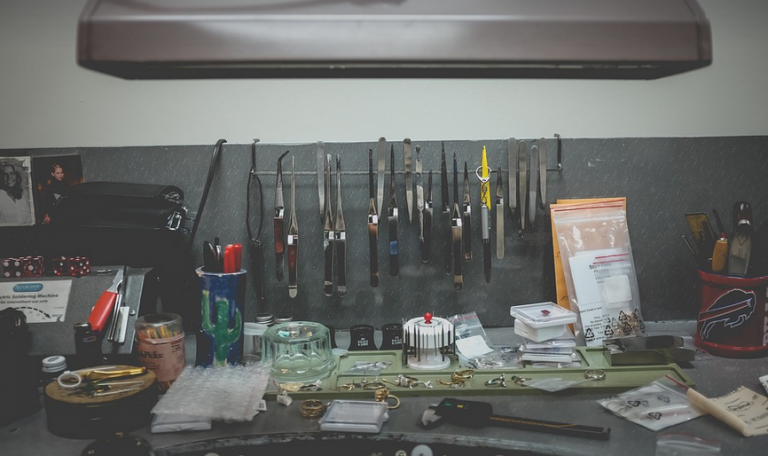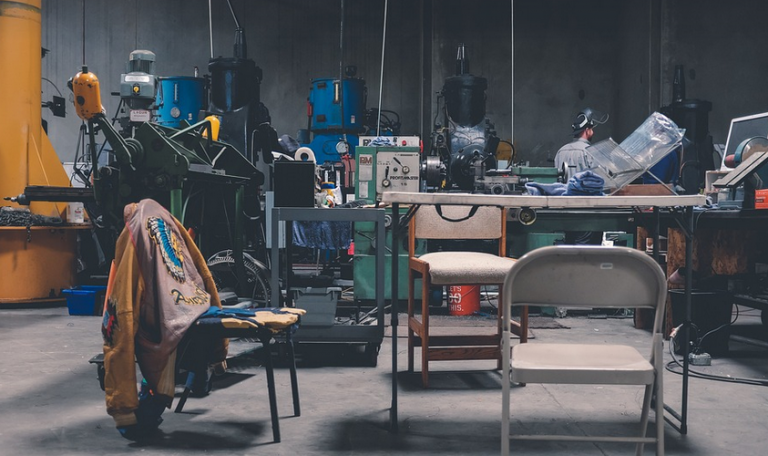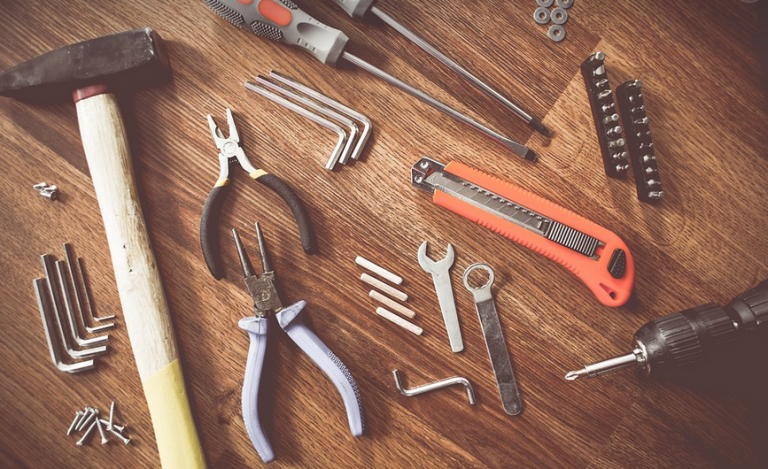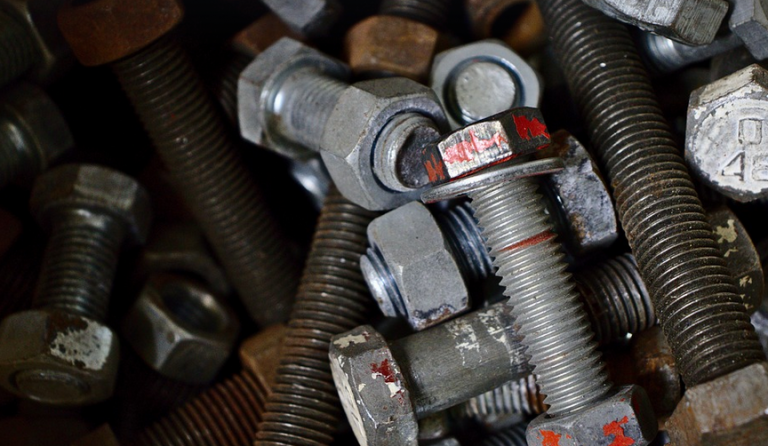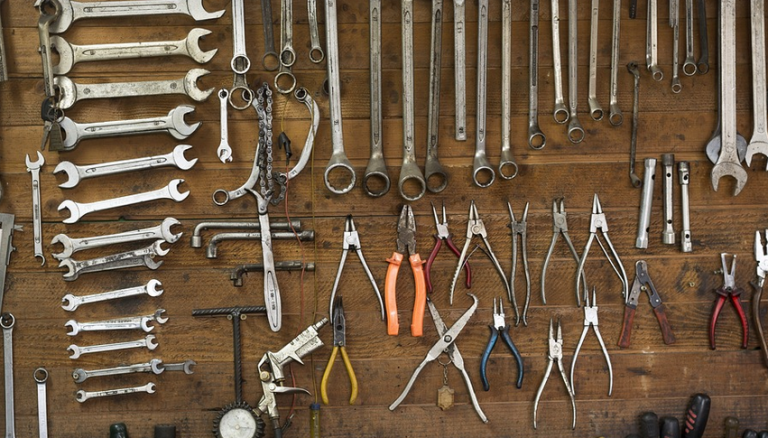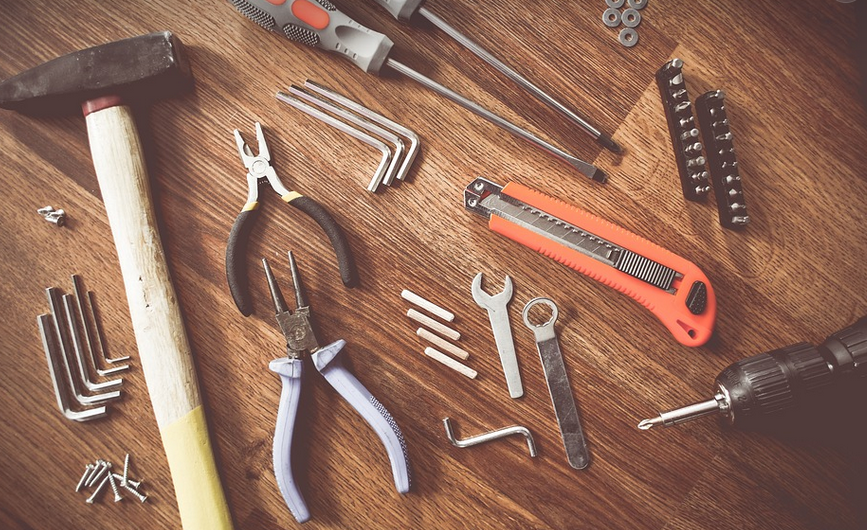
A Leaky Radiator Hose Can Be a Big Problem
Imagine this: you’re cruising down the road, feeling the warmth of your car’s engine in the summertime. Suddenly, a strange gurgling sound starts, and you feel a sudden drop in temperature. Your head begins to spin as the red warning light on your dashboard illuminates – the radiator hose is leaking!
A leaky radiator hose can be a real headache for any driver. Not only can it lead to significant performance issues, but it can also pose safety hazards in extreme situations. Understanding why leaks occur and how to fix them is crucial for keeping your car running smoothly.
Radiator hoses are essential components of a vehicle’s cooling system. They carry coolant, a vital fluid that regulates engine temperature and prevents overheating. When those hoses develop cracks or holes, coolant can leak out, leading to several problems:
**Why Radiator Hoses Leak:**
• **Wear and Tear:** Regular use of a vehicle inevitably leads to wear on the radiator hose materials. Over time, these components can deteriorate due to factors like exposure to heat, chemicals, or even just normal expansion and contraction from temperature changes.
• **Corrosion:** The constant flow of coolant through the hoses can cause corrosion. This is particularly true for areas where the hoses are exposed to harsh chemicals like brake fluid or engine oil. If left unchecked, this corrosion can create cracks and holes in the hose.
• **Improper Installation:** Improper installation of radiator hoses can also lead to leaks. When hoses are not properly secured to clamps, they tend to shift or loosen, resulting in a leak.
• **Damaged Clamps:** Clamps play a critical role in holding the radiator hose in place and preventing leaks. Over time, clamps can degrade due to heat, corrosion, or incorrect tightening. A loose clamp can allow coolant to escape, leading to a leak.
**Consequences of Radiator Hose Leaks**
A leaking radiator hose can have several consequences, beyond simply ruining your day:
• **Overheating:** When coolant leaks out, the engine’s cooling system is compromised. The engine runs hotter than normal, potentially leading to serious damage or even a complete meltdown in severe cases.
• **Cooling System Failure:** Leaky hoses can make it difficult for your car to maintain an optimal operating temperature. This can lead to further mechanical problems and can increase the risk of catastrophic failure of the cooling system.
• **Corrosion of Metal Components:** If coolant leaks onto essential metal parts, corrosion can start, leading to premature wear and damage. Over time, this can result in a significant increase in repair costs.
How To Diagnose A Leak
Identifying the source of your leak before attempting any repairs is crucial. Here’s how you can do that:
1. **Look for visible signs:** Check the engine bay for any obvious signs of coolant leaks, like puddles under the car or drips on the ground.
2. **Inspect the hoses and clamps:** Look closely at all radiator hoses, paying special attention to their connections. Are there any cracks in the hose itself? Do the clamps look loose or damaged?
3. **Check for abnormal noises:** Listen carefully for any unusual sounds while driving, such as gurgling or hissing, which might indicate a leak.
4. **Use the trusty “water test”:** If you suspect a leak around a clamp, park your car on a level surface and turn the engine off. Carefully pour a small amount of colored water into the radiator to check for leaks. The water will run down the hose and reveal any spots where it’s leaking.
Solving Your Radiator Hose Leak
Once you’ve identified the source, you can start tackling the leak!
**1. Repair or Replace:** If a single hose is damaged or needs replacement, this should be a straightforward repair.
• For small cracks or holes, replacing only the affected section of the hose might be all you need to fix it. Some hoses come with connectors and can be connected easily without soldering or gluing.
• **Replacing a Hose:** If the hose is too damaged for a repair, you’ll need to replace it altogether. You can usually find replacement hoses at auto parts stores like AutoZone or Advance Auto Parts.
**2. Strengthen your Clamps:** The clamp can also play a role in securing the hose and preventing leaks. If you notice that the clamp is loose, simply tighten it to secure the hose. If the clamp is damaged, replace it for a more secure hold.
**3. Tighten or Replace Clamps**: This step is crucial if the leak originates from the clamps. When installing new clamps, ensure they fit securely and don’t loosen. If your clamps are old or worn out, replacing them with new ones can significantly improve hose stability.
**4. Seek Professional Help:** While many basic leaks can be dealt with by a casual DIYer, if you are unsure about the cause of the leak, or feel uncomfortable tackling it yourself, it’s always advisable to consult a qualified mechanic.
Preventing Future Leaks
The best way to avoid future radiator hose leaks is to adopt preventative measures:
• **Regular Maintenance:** Schedule your car for regular maintenance checks at your trusted service center. This includes routine coolant flushes and inspections of hoses and clamps.
• **Monitor Coolant Levels:** Regularly check your coolant level in the engine bay to ensure it’s within the recommended range. Leaks can sometimes go unnoticed until they significantly impact coolant levels, so monitoring is crucial.
• **Avoid Extreme Heat and Cold**: Exposure to extreme temperatures, particularly heat or cold, can cause damage to the hoses. Avoid parking your car in direct sunlight for long periods or leaving it exposed to harsh winter conditions, as these factors can accelerate wear and tear on your radiator hoses.
• **Inspect Your Engine Regularly:** Every now and then, check your engine bay for signs of leaks. If you notice any unusual drips, get a professional inspection right away!
